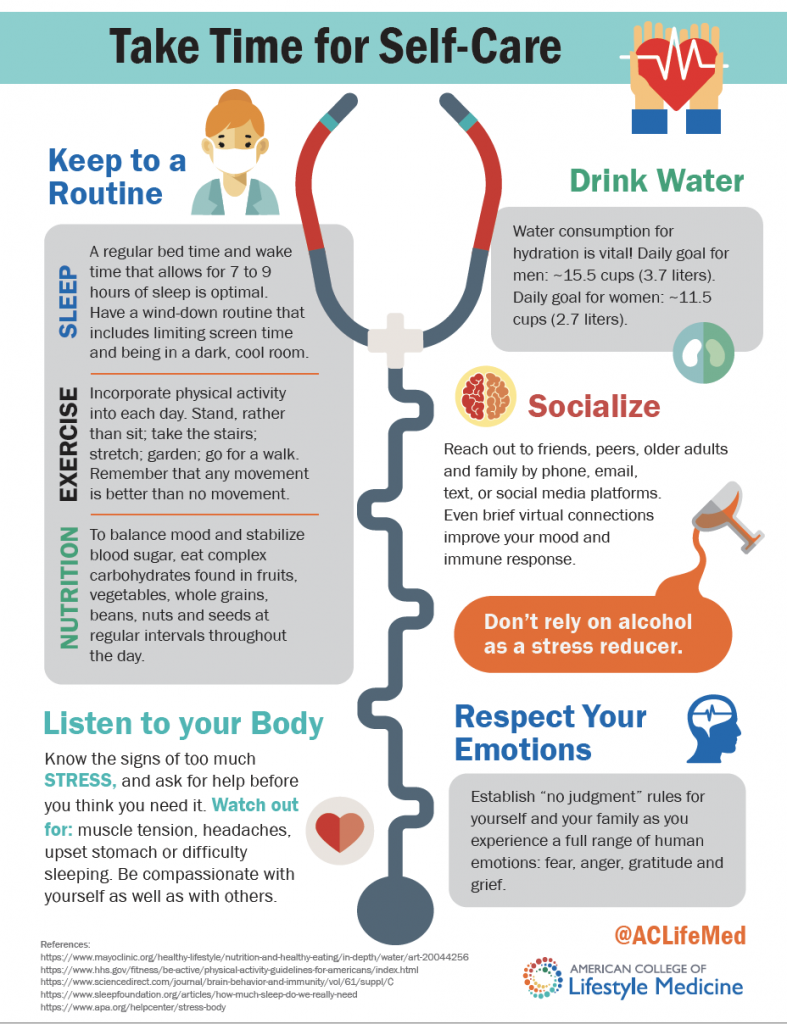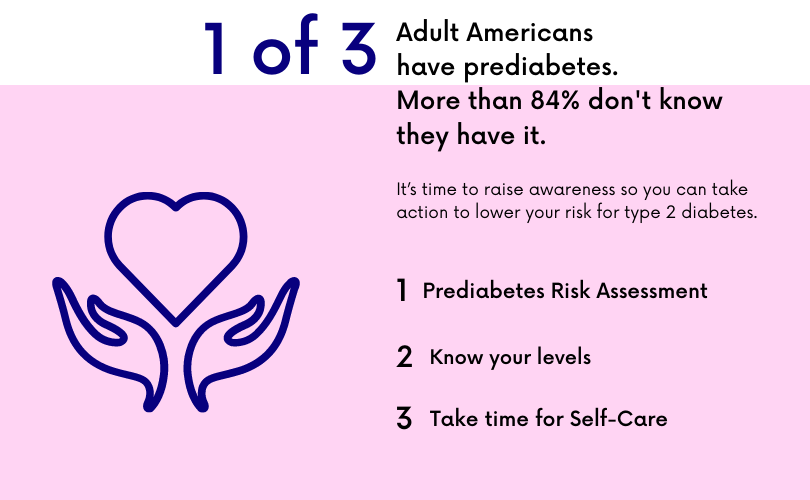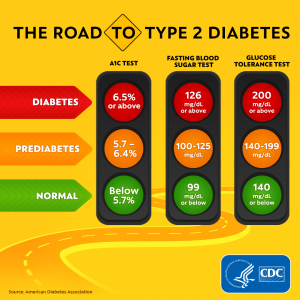November is National Diabetes Month with the focus on prediabetes and prevention.
88 MILLION*
The number of American adults with prediabetes.
34.2 MILLION*
The number of Americans with diabetes with 90-95% accounting for type 2 diabetes.
Since 2015, I’ve been keeping an eye on the yearly statistics of diabetes because it has personally affected my life. Unfortunately, the numbers continue to increase. Even the youth is seeing a rise, with one in five children ages 12 to 18 years having prediabetes.
Why am I telling you this disheartening fact? Because it would be a disservice if I didn’t share with you where we’re heading as far as chronic lifestyle disease is concerned. And that it is possible to do a 180 when it comes to your health and well-being.
The good news about prediabetes is we can view it as a signal for change. It’s the yellow light that tells you it’s time to slow down and bring attention to your body’s needs.
What is PREDIABETES?
Let’s back up for a second and define prediabetes. It’s when your blood sugar levels are higher than normal but not high enough to be diagnosed as type 2 diabetes.
Higher blood sugar levels can be due to insulin resistance. It means your body’s cells are not responding to the insulin released by the pancreas to transport the glucose (or sugar) from your blood to the cells for energy. As a result, the pancreas has to work harder to get more insulin out to overcome the resistance. Eventually, an overworked pancreas can no longer release as much insulin, so the amount of sugar in your blood continues to increase, which ultimately leads to type 2 diabetes.
Here’s a graphic that shows normal, prediabetes, and type 2 diabetes levels.
How do you know if you HAVE PREDIABETES?
Presently 1 in 3 adults have prediabetes, and more than 84% don’t even know they have it!
A quick way to find out if you may be at risk is the Prediabetes Risk Test available on the CDC website. It’s 6 to 8 questions that only takes less than a couple of minutes to take.
However, if you’d like to have confirmation, know your levels by getting a glucose test at your doctor’s office . You can even get the test out in town and even simpler doing an at-home test. I did an A1C at-home test (from BioCoach) a few weeks ago after a discounted offer popped up from one of my favorite podcasts. And I’m happy to share, my A1C was at 5.1.
Since our move, I haven’t frequently checked my blood glucose levels, but this is a habit I picked up since I had gestational diabetes with both pregnancies. Several years ago, I also started to show signs of metabolic syndrome from a lab test with higher blood glucose levels (borderline prediabetes) and high triglycerides. It awakened me to change my lifestyle and to continue tracking my levels.
What CAN YOU DO when you have prediabetes (or nearing those levels)?
First, pause and breathe. Be kind to yourself. Accept what is and learn to grow from it. Growing, in this case, means adopting healthy lifestyle behaviors to change the course of your present condition.
Let me be the first to encourage you to start taking steps forward. NO MATTER HOW SMALL, your actions of self-care won’t go unnoticed. Having prediabetes doesn’t necessarily mean you’ll develop type 2 – yes, you’re at risk, but with the small changes, you’ll experience an incredible transformation.
Not quite sure where to start? Start with SELF-CARE. Here’s a handout for you as a reference from the American College of Lifestyle Medicine. Know that any aspect of self-care, whether it’s feeding your body nutritious food or going out for a walk every day, all of these simple practices count.

Looking for group support? I’d like for you to check out the Diabetes Prevention Program. See if your clinic or insurance provider offers it. Also I’m a Diabetes Prevention Lifestyle Coach virtually working for a non-profit organization so if you’re interested in becoming a part of it – please reach out to me or leave a comment.
Finally, if you’re seeking a detailed guide on implementing self-care, please grab a free digital copy of A Beginner’s Guide to Implement Self-Care Habits.
OTHER HELPFUL LINKS:
Prediabetes Risk Test – quick assessment to discover if you’re at risk of developing type 2 diabetes
Why Participate in a Diabetes Prevention Program
Testing Your Metabolic Health at Home: An Accurate Hemoglobin A1C Kit









